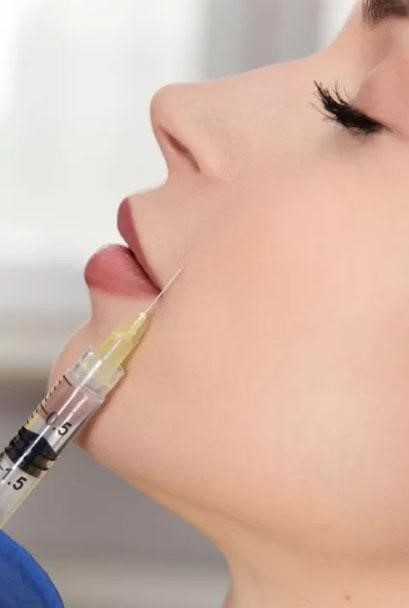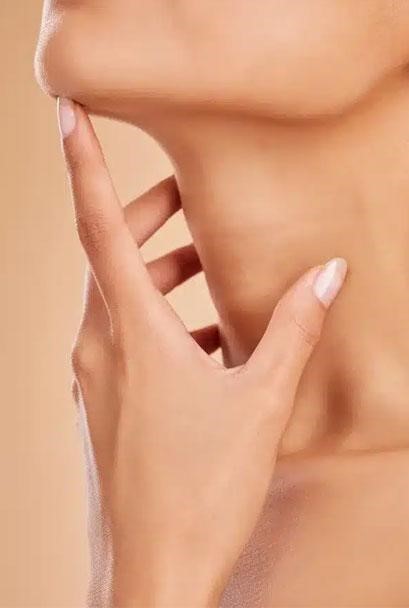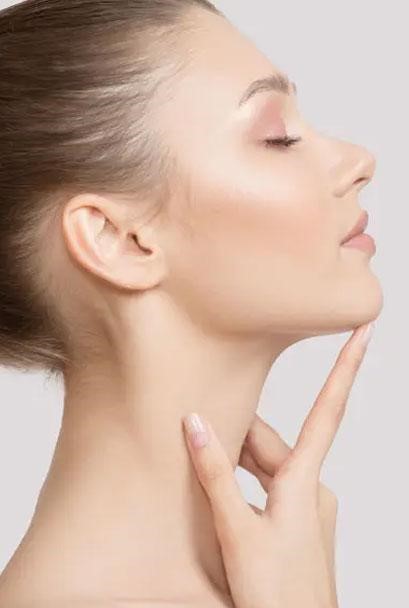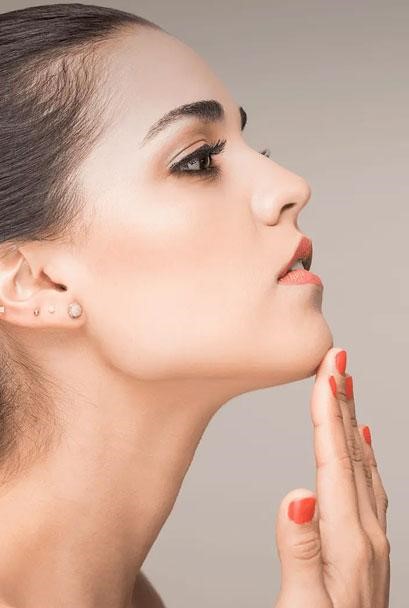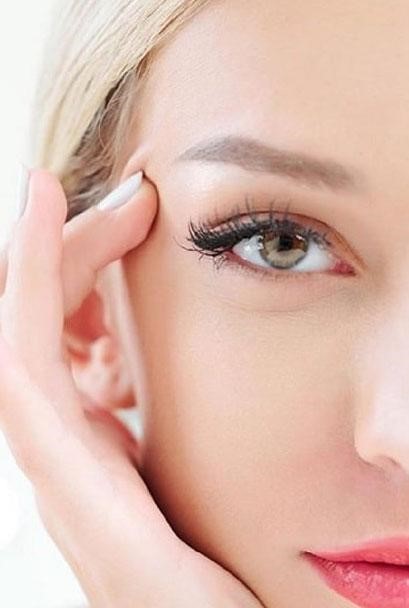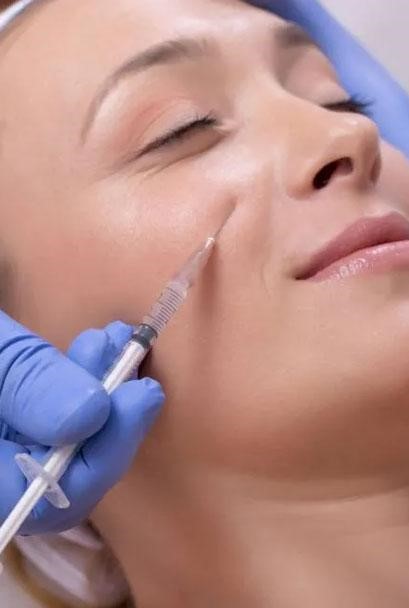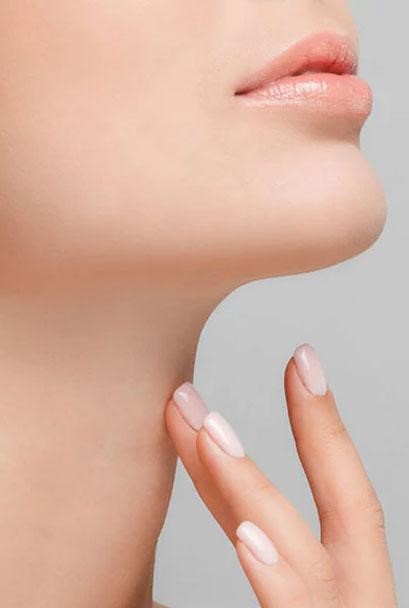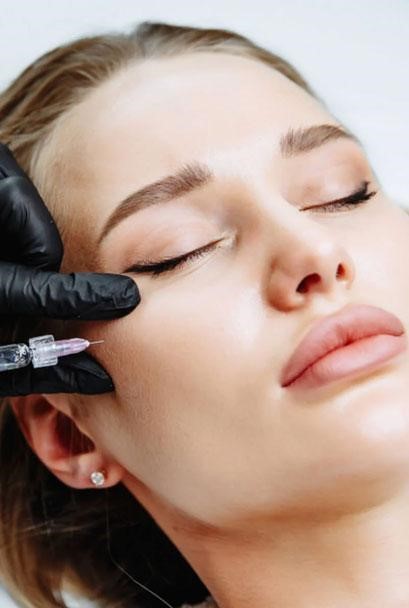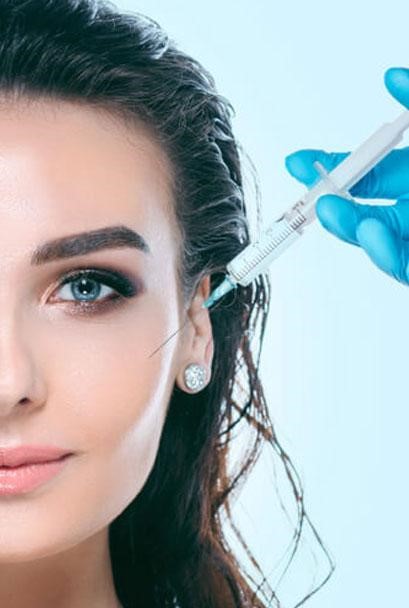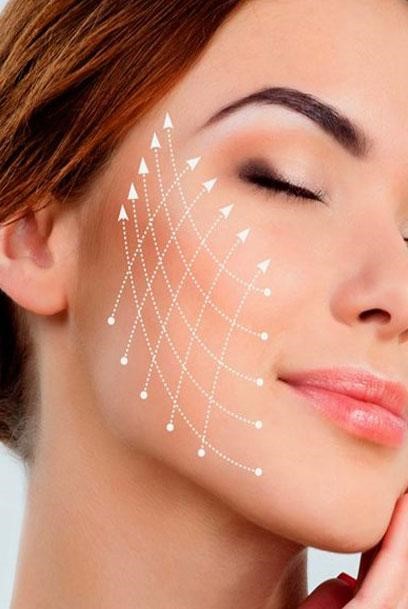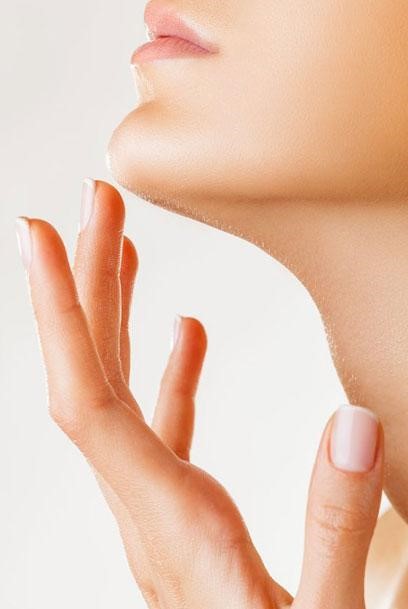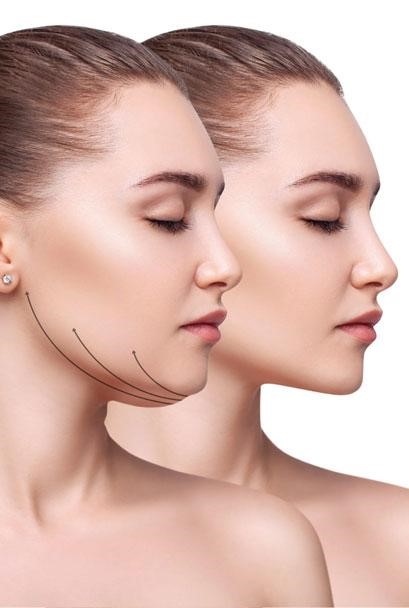Facial surgery is one of the most effective ways to improve appearance, correct cosmetic defects, and boost self-confidence. These services include various facial surgeries such as rhinoplasty (nose surgery), blepharoplasty (eyelid surgery), face and neck lift, and otoplasty (ear surgery), which will be performed using diverse techniques and advanced equipment.
Facial surgery is one of the most effective ways to improve appearance, correct cosmetic defects, and boost self-confidence. These services include various facial surgeries, including rhinoplasty (nose surgery), blepharoplasty (eyelid surgery), face and neck lift, and otoplasty (ear surgery), performed using diverse techniques and advanced equipment. The prominent features of facial surgeries include improved facial proportions, skin rejuvenation, and correction of specific facial areas. Choosing a professional and specialized cosmetic surgeon is crucial for achieving the best results. Surgical procedures are performed with up-to-date equipment and high precision, leading to the most natural results while maintaining skin health.
Types of Cosmetic Facial Surgeries
In the field of cosmetic facial surgery, a variety of services are offered to improve the proportion and harmony of your face. In this category, there are various methods for correcting facial features, which are chosen based on the patient’s needs. Types of cosmetic facial surgeries include:
- Nose Surgery (Rhinoplasty)
- Eyelid Surgery (Blepharoplasty)
- Face and Neck Lift
- Jaw and Chin Angulation
- Cheek and Chin Implants
- Surgery for Fractures of the Jaw and Face
- Correction of Jaw Abnormalities (Orthognathic Surgery)
- Scar Revision and Facial Wound Repair
Also, complementary services such as Facial Fat Injection are offered as a method to improve facial volume and shape. To receive expert consultation and choose the most suitable method, contact Dr. Ghorabi’s team. Contact information is available on the clinic’s website.
Nose Surgery (Rhinoplasty)
Nose surgery, or rhinoplasty, is performed to improve the appearance and function of the nose. This surgery is divided into three main types:
- Natural Rhinoplasty: The goal of this method is to create subtle changes and maintain the proportion of the nose with other facial features.
- Fantasy Rhinoplasty: In this type, the nose is designed with a greater curve and a higher tip.
- Revision Rhinoplasty: This facial surgery is performed to correct unsatisfactory results or functional problems after previous surgeries.
The best candidates for Nose surgery are individuals who are physically and mentally healthy and have realistic expectations of the results. The appropriate age for this surgery is usually after the complete growth of the nose. The cost of nose surgery varies depending on the surgeon’s experience, location of the surgery, and complexity of the procedure. Post-operative care includes sufficient rest, avoiding strenuous activities, and following the doctor’s instructions to achieve the best results.
Eyelid Surgery (Blepharoplasty)
Eyelid surgery, or Blepharoplasty is a therapeutic procedure to improve the appearance of the upper and lower eyelids. In this surgery, excess skin and fat are removed to achieve younger and more vibrant eyes. The benefits of blepharoplasty include reduced puffiness, correction of eyelid drooping, and improved visual field. After the procedure, care such as using cold compresses to reduce swelling, avoiding strenuous activities, and sleeping with the head elevated is recommended; the use of eye drops to prevent dry eyes is also beneficial. Following these points contributes to faster recovery and better results.
Face and Neck Lift
Face and Neck lift, or facial plastic surgery, is an effective surgery to reduce signs of aging such as sagging skin and wrinkles. In this surgery, by making incisions in the area behind the ear and the hairline, excess skin is removed and the underlying tissues are tightened to achieve a younger appearance. This method is suitable for individuals who have sagging skin in the jaw and neck area. The results of face lift surgery usually last between 5 and 10 years, and by following post-operative care and a healthy lifestyle, this duration can be increased.
Jaw and Chin Augmentation
Jaw and chin augmentation is part of facial plastic surgery that helps improve facial proportions and beauty. In this surgical method, the facial structure is corrected by reshaping the jaw and chin bones. This procedure is performed under general anesthesia and usually takes 1 to 3 hours. After surgery, the recovery period includes sufficient rest and avoidance of strenuous activities. The results of this method are permanent and lead to a defined jawline and a proportionate chin. The choice of this method depends on aesthetic goals and the doctor’s recommendations.
Cheek and Chin Implants
Cheek implants and Chin surgery are methods of facial plastic surgery and are performed to improve facial proportions and prominence. This procedure is performed using silicone or Gore-Tex implants, which are placed in the desired location through small incisions inside the mouth or under the chin. Chin and cheek surgery help increase volume and create symmetry in the face. The advantages of facial implants include improved facial structure, increased self-confidence, and long-term results. The longevity of these implants is long-term, and with proper care, their results will be permanent. Possible complications include infection, implant displacement, or reaction to the materials used, which can be minimized by choosing a skilled surgeon and following post-operative instructions.
Also, along with cheek and chin implants, other methods such as eyebrow lifts are used to improve facial appearance, helping to create a younger and more vibrant look.
Therapeutic and Reconstructive Facial Surgeries
Therapeutic and reconstructive facial surgeries are performed to reconstruct and improve the function and appearance of damaged or incomplete parts of the face. These surgeries include the correction of congenital abnormalities, repair of injuries resulting from accidents or burns, and reconstruction after tumor surgeries. The methods used in various types of reconstructive facial cosmetic surgery are diverse, and different techniques are used depending on the type and location of the injury. The main goal of these surgeries is to restore normal function and improve the patient’s appearance.
Surgery for Fractures of the Jaw and Face
Fractures of the jaw and face occur due to direct impacts, accidents, or falls. These injuries may damage the bony structures and soft tissues of the face and require facial surgery. Types of jaw and facial injuries include:
- Upper jaw fracture (maxilla)
- Lower jaw fracture (mandible)
- Zygomatic bone fracture
- Nasal bone fracture
- Frontal bone fracture
Treatment of fractures depends on the type and severity of the injury. In mild cases, rest and pain medication may be sufficient. In more severe cases, surgery to stabilize the bones using plates and screws is necessary. The recovery time is usually between 6 and 8 weeks, but in more complex fractures it may take up to 12 weeks.
Correction of Jaw Abnormalities (Orthognathic Surgery)
Orthognathic surgery is performed to correct jaw abnormalities, such as protrusion or retraction. This method, by changing the position of the jaws, in addition to improving functions such as chewing and speech, has a significant impact on facial beauty. The cost of this surgery varies depending on the complexity of the case and the surgeon’s expertise. The recovery period usually lasts several weeks and requires regular follow-up. Among the best facial cosmetic surgeries, orthognathic surgery holds a special place due to its effective results in improving jaw function and appearance.
Scar Revision and Facial Wound Repair
Scar revision and facial wound repair surgery is performed to improve the appearance and reduce the effect of scars. Treatment methods include surgical techniques such as elliptical excision and Z-plasty, which help improve results by removing scar tissue and reconstructing the skin. The cost of these facial scar repair surgeries varies depending on the size and depth of the scar, the technique used, and the surgeon’s experience. Post-operative care includes the use of appropriate dressings, avoiding exposure to sunlight, and following the doctor’s instructions for faster healing and reduction of potential complications.
Pre- and Post-Operative Care for Facial Surgeries
Necessary preparations before surgery include:
- Quitting smoking and alcohol two weeks before surgery
- Avoiding blood thinners such as aspirin
- Performing necessary tests and providing the results to the doctor
- Showering and avoiding the use of cosmetics on the day of surgery
- Having a companion on the day of surgery for necessary assistance
Important points for the recovery period include:
- Using cold compresses to reduce swelling and bruising
- Sleeping on your back with your head elevated to reduce swelling
- Avoiding strenuous activities and strenuous exercise
- Taking medications prescribed by the doctor on time
- Avoiding exposure to direct sunlight
The best diet and lifestyle after surgery are as follows:
- Consuming soft foods and liquids in the first few days after surgery
- Avoiding eating hard and chewy foods
- Drinking enough water to keep the body hydrated
- Avoiding salt and spicy foods
- Gradually returning to daily activities in consultation with the doctor
Following the above points will help you recover faster and reduce complications after facial surgeries, including rhinoplasty.
Choosing the Best Surgeon for Facial Cosmetic Surgery
Choosing the right plastic surgeon for various types of facial cosmetic surgery is an irreversible decision that directly affects the final results. A good plastic surgeon should have sufficient experience and expertise in the field of facial cosmetic surgery and fully listen to the patient’s expectations and concerns; providing accurate and honest advice about expected results and potential limitations is another important feature. Before making a decision, it is essential to ask questions such as the number of similar surgeries performed, the success rate and potential complications, and to view the surgeon’s previous work. Reviewing the opinions and experiences of previous patients also provides a realistic perspective and helps in making an informed choice.
Cost of Cosmetic and Therapeutic Facial Surgeries in Iran
The cost of cosmetic and therapeutic facial surgeries in Iran depends on several factors. These factors include:
- Type of surgery
- Experience and expertise of the surgeon
- Geographic location of the clinic
- Hospital and anesthesia costs
- Post-operative care
Compared to other countries, the cost of cosmetic surgery in Iran is lower, while the quality of services is high. Regarding insurance coverage, surgeries performed solely for cosmetic purposes are usually not covered by basic and supplementary insurance. However, if the surgery has a therapeutic aspect, such as correcting a deviated septum that helps improve breathing, part of the costs will be covered by insurance.
Full Facial Surgery Services by Dr. Ghorabi
By choosing a skilled With the selection of an expert doctor, plastic surgeon,in beauty and reconstructive surgery, you can benefit from the doctor’s experience and expertise in aesthetic facial surgery. Dr. Gholamhossein Ghorabi plastic surgeon, using advanced and up-to-date techniques, provides natural and satisfactory results for their patients.
FAQs
How long after a facelift surgery can I return to my daily activities?
You can usually resume your normal activities after 1 to 2 weeks.
Are the surgical scars on the face visible?
The cuts are placed in hidden areas, such as the hairline, and fade over time.
How long do the results of a face lift surgery last?
Results typically last between 5 and 10 years, depending on individual factors.
Are facial cosmetic surgeries painful?
The pain is usually mild and is controlled with painkillers.
Can several facial surgeries be performed simultaneously?
Yes, a combination of surgeries is possible; however, it requires the surgeon’s decision.
